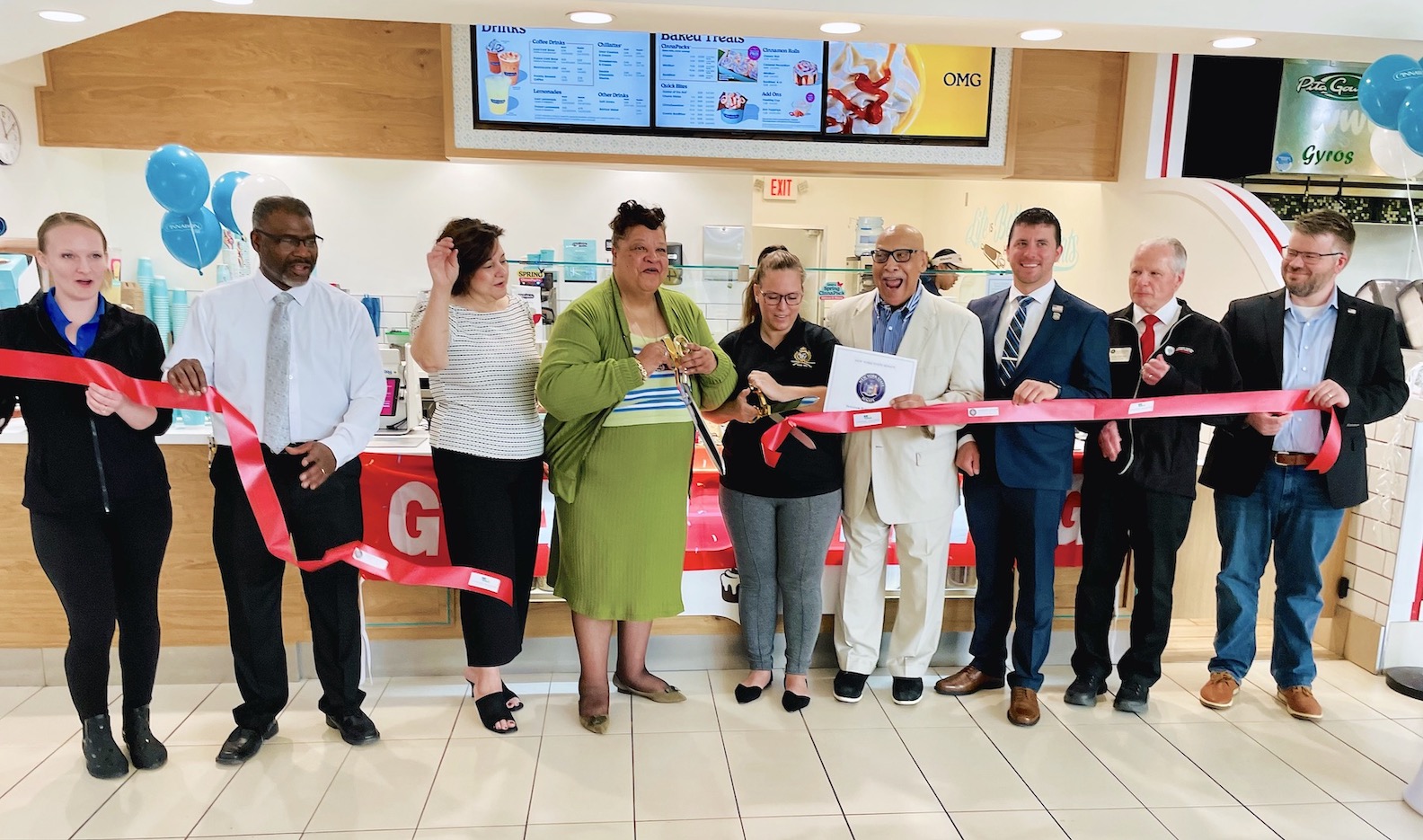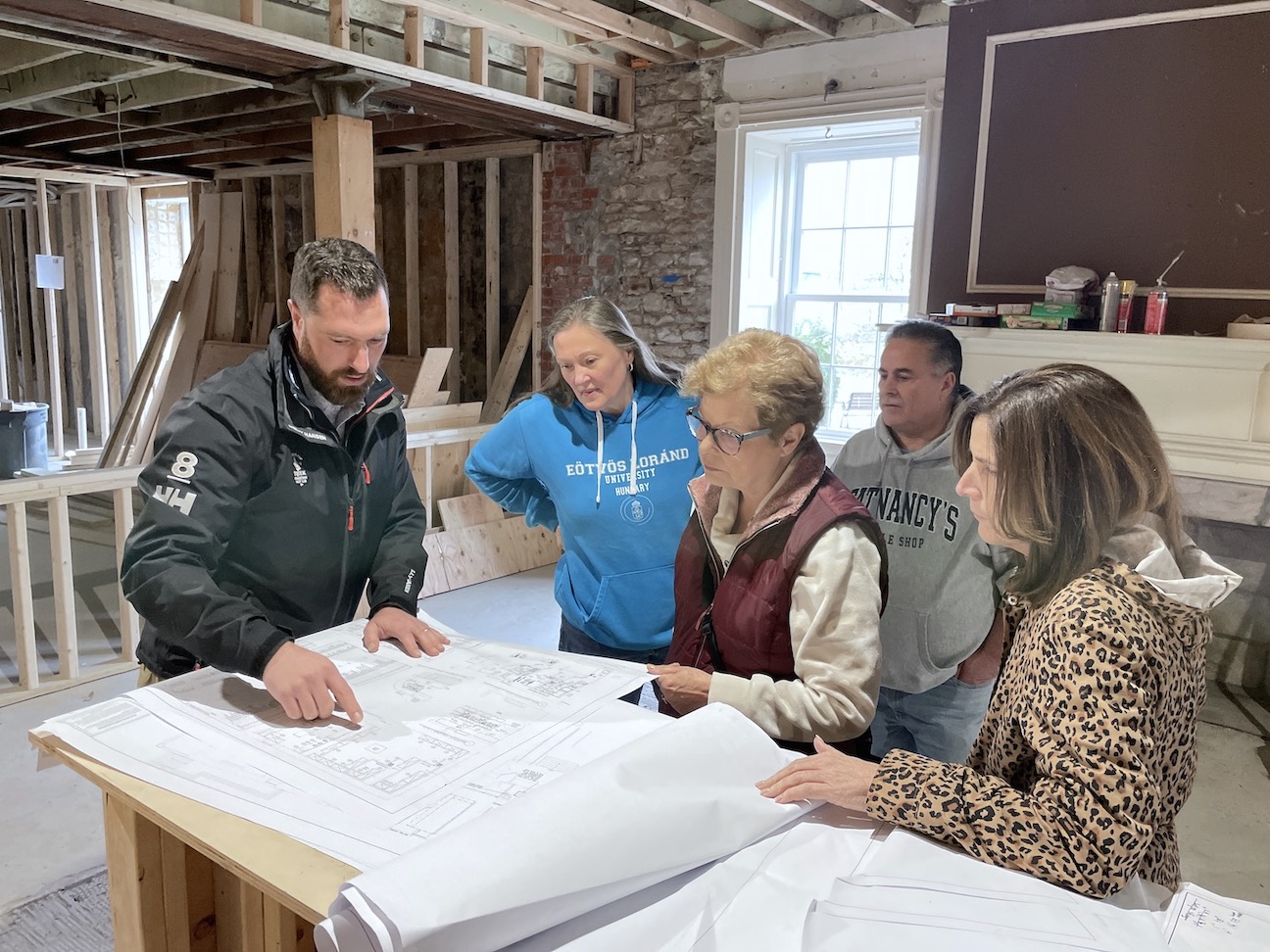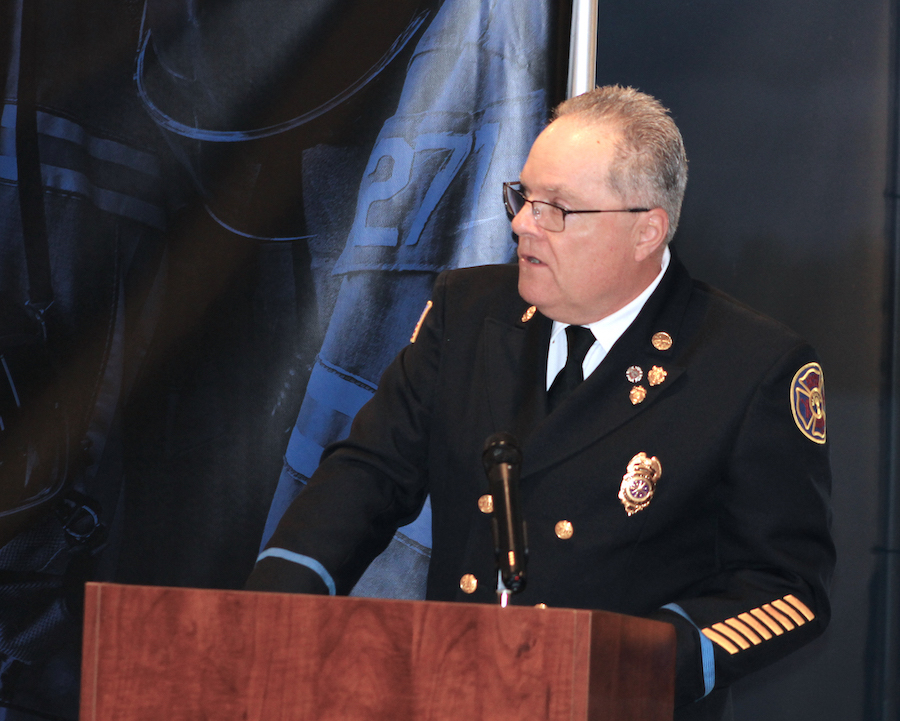Featured News - Current News - Archived News - News Categories
Measure covers Tier 3 systems; Tiers 1, 2 still permitted
Staff reports
Before an overflow crowd at Town Hall on Monday, Jan. 13, the Town of Porter held a public hearing to consider a six-month moratorium covering Tier 3 Solar Energy Systems. A related measure would go on to be approved.
With the moratorium, the town seeks to address provisions of Tier 3 under the new law – those being ground-mounted systems “capable of generating from 0.25 megawatts through 24.9 megawatts of solar energy” and covering multiple acres in size.
Other provisions, namely Tier 1 solar, covering roofing solar applications, and Tier 2, being “ground-mounted solar energy systems with a system capacity of 25 KW AC, or 1,750 square feet of total surface area,” are not included.
But Tier 3 is, and, gauging from the size and reaction of the crowd that numbered close to 100, it became clear to the board that residents of this primarily agricultural community are not all that thrilled with the idea of massive solar farms.
Town Supervisor John “Duffy” Johnston was upbeat on the town’s solar energy law that passed last year as he briefly discussed its development. That measure included a three- to six-month process that involved the New York State Energy and Research Development Authority, the University at Buffalo, members of the town’s Planning and Zoning Board of Appeals and Town Building and Zoning Inspector Peter Jeffery.
“It’s a pretty good law; it’s one of the best in Niagara County from NYSERDA, solar energy and state officials. But there’s a few things that we may be able to adopt, change a few things,” Johnston said.
He informed the crowd the community petition in opposition, reported in last week’s Sentinel, had amassed well more than the required 50 signatures and was approved by the board for inclusion in Monday’s moratorium discussion.
“The board was given the option to have the public speak tonight,” he said.
Jeffery led off with some background on the law, and also its various provisions. Included were such issues as screening requirements on a property; setback requirements; establishing a community benefit; migration; bonding; and a decommissioning plan when a solar system is no longer used on a property.
“Some of the key items that we did address when we wrote the law (were) some of your concerns, Jeffery said. He told attendees, “The decommissioning plan requirements (are) to submit a detailed estimate, and upon approval by our town engineer and Planning Board, there would be a bond required … to be put in place to fund the decommissioning if the solar development ceases to produce power.
“We addressed lot coverage and setbacks … (to) mitigate concerns of your neighbors, to have requirements about screening from road view that requires fencing, trees and shrubs. … We’ve addressed 100-feet setbacks.”
“There are some things … (the) setbacks that may need to be revisited,” Jeffery said. “But we’ve tried to address the aesthetics, the screening … where they (an applicant) are required to submit view scenarios to obtain a special use permit, which is a two-board process (Planning and Zoning). Both of those would require public hearings.”
On a question from a resident, Jeffery explained the Tier 3 provision caps solar energy production in the town at 24.9 megawatts, and those systems greater than that size fall under the authority for permitting and jurisdiction to control from New York state.
“Once you get over 25 megawatts of power production, the state of New York takes the responsibility and authority … and they do the permitting process. Those are the giant-scale ones. When you’re up to 25 megawatts, you’re pushing 150 acres in size. That’s pretty big,” Jeffery said.
He noted how residents in neighboring communities such as Cambria, Pendleton and Hartland are contending with potential solar farms of 25 megawatts and higher being promoted by the state and numbering hundreds of acres in size.
“Our law only addresses up to that point – 24.9 megawatts,” Jeffery said.
He told the crowd Porter has limits on the amount of solar power it can produce for the electrical grid due to the presence of older lines and substations found throughout the town. Jeffery said the town only has one area of higher capacity infrastructure – that being in the Balmer Road, Lutts Road, Porter Center Road areas on the northern parts of the LOOW site, and that the cost for any new transmission lines/substations would be $1 million per mile, according to National Grid estimates.
“This limits the town’s capacity (on solar),” Jeffery said.
He went to tell attendees that, under its solar energy law, the town only anticipates the approval of solar energy systems ranging from 2 megawatts to 10 megawatts in size. Thus far, the town has received applications for two Tier 3 systems: one located at 827 Lockport Road and another at Porter Center and Lake roads. Neither application has been acted on.
Over the course of nearly an hour, more than a dozen residents expressed their views on solar – and not one person admitted being in favor of the town approving any solar energy systems.
Issues – ranging from conflicts/impacts on hunting; the potential negative influences on soils and agriculture; concerns on the composition of solar panels, what to do when they are obsolete; and the usage of lithium batteries in substations and fears of more hazardous waste building in the community – were heard. So were concerns about the impacts on wildlife; on values of neighboring properties; the value of wind versus solar energy; and even threats of lawsuits.
Explaining the town is looking after its residents’ best interests, Town Attorney Mike Dowd said, “This particular moratorium that’s being proposed is six months now; but really the board by resolution … can extend it. … We’re really authorizing it for more than a year.
“There are a lot of questions. The purpose of this moratorium is ... in large degree to decide whether or not the locations of these commercial facilities should be narrowed (down).”
Dowd closed by inviting attendees of the meeting to consider joining committees to work with town officials as they debate/adjust the merits and applicability of a solar energy law for the future.
As discussions closed, the Town Board approved its proposed six-month moratorium covering Tier 3 systems by a 4-0 vote. Deputy Supervisor Jeff Baker abstained.
Construction of Tiers 1 and 2 solar energy systems are still permitted in the town.
For more on the town’s Solar Energy System law, visit www.townofporter.net.





























